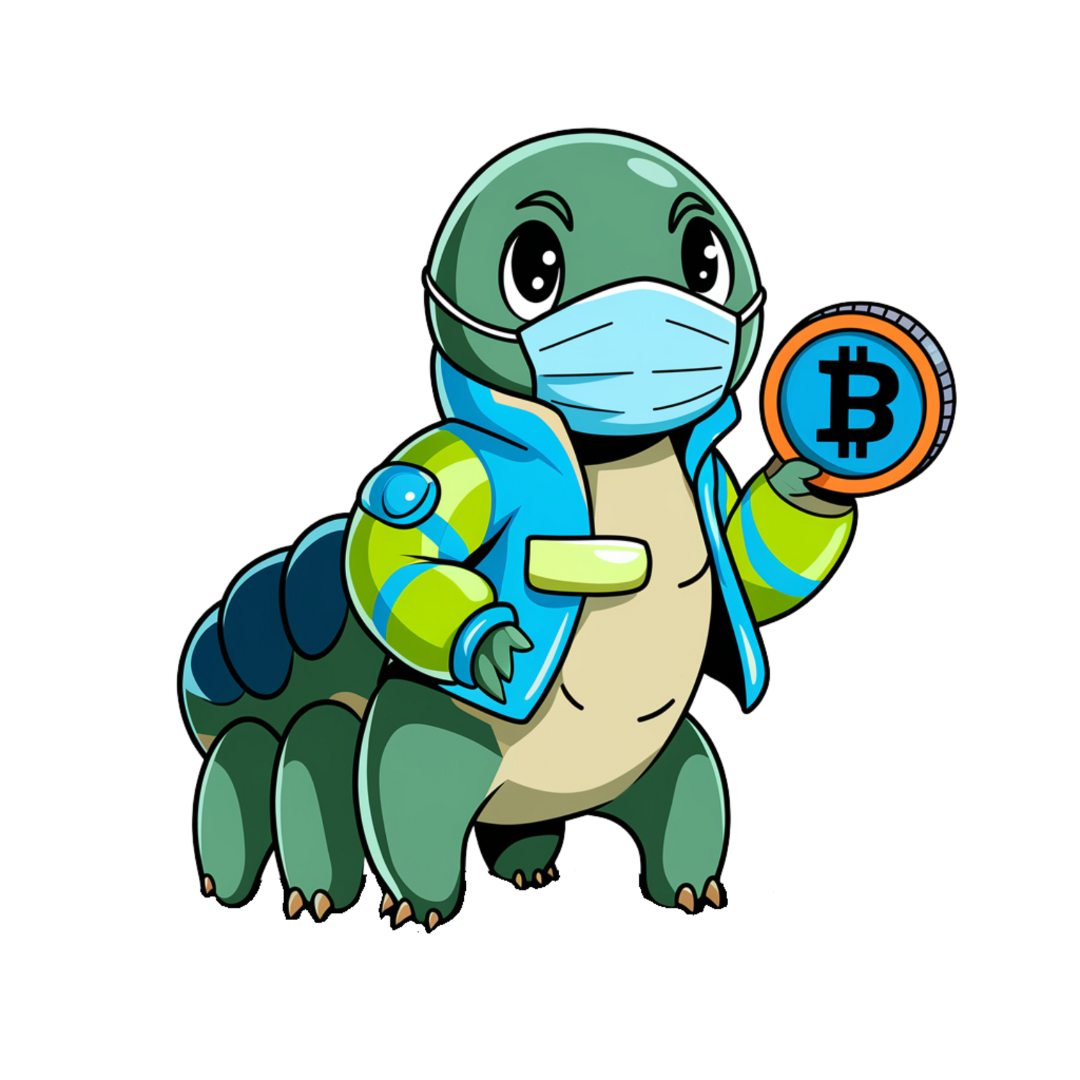The rise of decentralized applications, or DApps, marks a significant shift in the digital landscape. As we transition from Web2 to Web3, DApps are taking center stage, offering new opportunities and challenges for users, developers, and businesses alike.
The Shift from Web2 to Web3
Web2 centers on user-generated content and centralized platforms. Users depend on companies like Facebook and Google to access services. In contrast, Web3 embraces decentralized systems where individuals have control. This revolutionary concept encourages transparency and empowers users.
Defining Decentralized Applications (DApps)
DApps are applications that run on a decentralized network, typically a blockchain. They operate independently of central authority. This technology allows for peer-to-peer interactions and services that are transparent and secure.
The Potential and Challenges of DApps
While DApps promise greater autonomy and security, they also face hurdles. User adoption can be slow due to complexity. Additionally, issues like scalability and regulatory concerns remain significant challenges to their widespread acceptance.
Key Characteristics of Decentralized Applications
Decentralization and its Implications
Decentralization is the main feature of DApps. Key implications include:
- Transparency and Immutability: All transactions are recorded on the blockchain. Once entered, data cannot be altered, ensuring integrity and trust.
- Resistance to Censorship and Single Points of Failure: DApps are less likely to be shut down or manipulated. This makes them robust against censorship and outages.
Open-Source Nature of DApps
Many DApps are open-source, allowing developers to contribute. Key benefits include:
- Community Governance and Development: Users can suggest changes and improvements. This creates a sense of ownership and collaboration within the community.
Blockchain Technology as the Foundation
Blockchain serves as the backbone of DApps. It provides the necessary infrastructure for transactions and data storage without reliance on central authorities.
Types of Decentralized Applications
Decentralized Finance (DeFi) Applications
DeFi applications are changing the finance landscape. Examples include:
- Uniswap: A decentralized exchange that allows users to trade cryptocurrencies.
- Aave: A lending platform where users can borrow and lend crypto.
Risks and Benefits of DeFi: High potential returns come with risks, including smart contract vulnerabilities and market volatility.
Non-Fungible Token (NFT) Marketplaces
NFTs are unique digital assets. Popular marketplaces include:
- OpenSea: One of the largest platforms for buying and selling NFTs.
- Rarible: A community-driven NFT marketplace.
The Growing NFT Ecosystem: Artists and collectors flock to NFTs, creating new revenue streams and forms of expression.
Decentralized Social Media Platforms
DApps are also emerging in social media. Notable examples include:
- Mastodon: A decentralized alternative to Twitter.
- Diaspora: A privacy-focused social network.
Challenges and Opportunities: While these platforms offer user control, they struggle with user base growth and content moderation.
Building and Deploying Decentralized Applications
Choosing the Right Blockchain Platform
When creating DApps, developers must select a suitable blockchain. Options like Ethereum, Solana, and Polygon each have unique strengths and weaknesses:
- Ethereum: Most popular for DApps but faces scaling issues.
- Solana: Known for speed but has a smaller developer community.
- Polygon: Offers a layer-2 solution for Ethereum, allowing faster transactions.
Smart Contract Development and Deployment
Writing and deploying smart contracts is crucial. Developers must ensure contracts are free from bugs and vulnerabilities to prevent exploitation.
User Interface (UI) and User Experience (UX) Design for DApps
A user-friendly design is essential for DApp adoption. Considerations should include:
- Accessibility and Usability: Interfaces must be intuitive for users of all skill levels.
- Importance of Security Audits: Regular audits help identify vulnerabilities before launch.
The Future of Decentralized Applications
Potential for Mass Adoption
The DApp landscape is poised for growth. Key factors driving this trend include:
- Increased Awareness: As more users learn about blockchain, interest in DApps grows.
- Improved Technology: Advances in blockchain infrastructure and tools simplify DApp development.
Predictions and Forecasts
Reports suggest the DApp market could grow significantly in the coming years. Analysts predict widespread use across industries, particularly in finance and entertainment.
Emerging Trends in DApp Development
Notable trends include:
- Metaverse Integration: DApps are crucial for virtual worlds, allowing users to own and trade assets.
- Web3 Gaming and NFTs: Blockchain-based games offer unique economic models and player ownership.
Regulatory Landscape and Legal Considerations
Navigating regulations is challenging for DApps. Laws can vary by region and may evolve rapidly. Developers must stay informed to ensure compliance.
Conclusion: Embracing the Decentralized Future
Key Takeaways: Understanding the Benefits and Risks of DApps
Decentralized applications offer promising alternatives to traditional solutions. Users enjoy greater control and transparency but must remain aware of potential risks.
Getting Started with DApps
Curious about DApps? Explore popular platforms and communities. Participate in discussions and consider trying out some DApps to understand their functionality.
Resources for Further Learning
Further your knowledge with the following resources:
- Online courses on blockchain and DApp development.
- Forums and communities like Reddit and Discord.
- Books on cryptocurrency and decentralized technologies.
The DApp ecosystem is rich with opportunities. Engage, learn, and be part of the decentralized future.

























